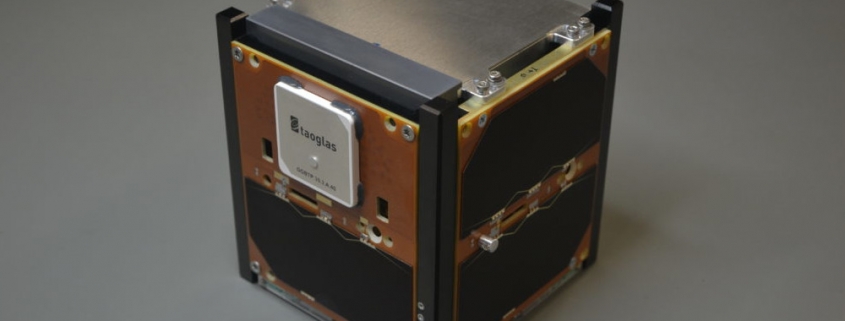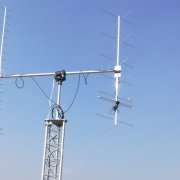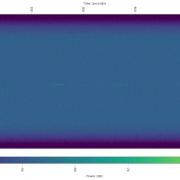GRBAlpha mission – basic facts
GRBAlpha is the international technological mission which follows the successful mission of the first Slovak satellite skCUBE. The name of the satellite is the abbreviation of the words Gamma Ray Bursts and the Alpha indicates that is the first test mission of a gamma ray burst detector, which was built at the Hungarian Konkoly Observatory.
It is a precursor of planed CubeSat constellation CAMELOT (CubeSats Applied for Measuring and Locating Transients). GRBAlpha mission begin by fusion of scientific and HAM radio activities into single satellite. From the technical point of view, it is a nanosatellite with dimensions 10 x 10 x 10 cm and weight approximately 1.1 kg. All necessary systems like Power Supply Unit (PSU), Transceiver (Trx), On-Board Computer (OBC), many sensors and scientific payload are onboard of the satellite.
The heath of the detector is caesium iodide crystal with dimensions 75 x 75 x 5 mm. When the gamma photon hit the crystal, the optical photons are created in it, and these are detected by the small silica detectors, which will be used in the space for the first time. The main goal of the mission is to validate this detector and his degradation in time caused by charged particles. The detector of charged particles (PSD) designed by Czech Aerospace Design Centre (VZLU) is on board as well.

Partners
- Faculty of Aeronautics, Technical University of Košice – registration, launch and operation of satellite, magnetometry.
- Konkoly Observatory Budapest – is responsible for scientific payload. Lead the design and development of gamma ray burst detector, including electronics and software and was the main contractor of satellite.
- Department of theoretical Physics and Astrophysics, faculty of Science, Masaryk University of Brno – scientific coordination of project, cooperate on data processing and interpretation of measurements.
- Loránda Eötvös University in Bodapest – feasibility study of CAMELOT project, simulations and design of analog electronics, particular design of software for scientific payload.
- Hiroshima University – significantly contribute to the development of the detector, mainly to the testing of concept of reading of thin scintillators with high surface area.
- Nagoya University – concept design of mechanical structure of detector.
- Spacemanic s.r.o. – subsystems, technical support, software, integration, environmental tests.
- Czech Aerospace Design Centre – PSD detector, software, technical support.
- Needronix s.r.o. – transceivers, sun sensors, integration.
Special thanks
Special thanks also go to the companies MSM Group s.r.o., M2M Solution s.r.o. as well as Ministry of Education, Science, Research and Sports of Slovak Republic







Leave a Reply
Want to join the discussion?Feel free to contribute!